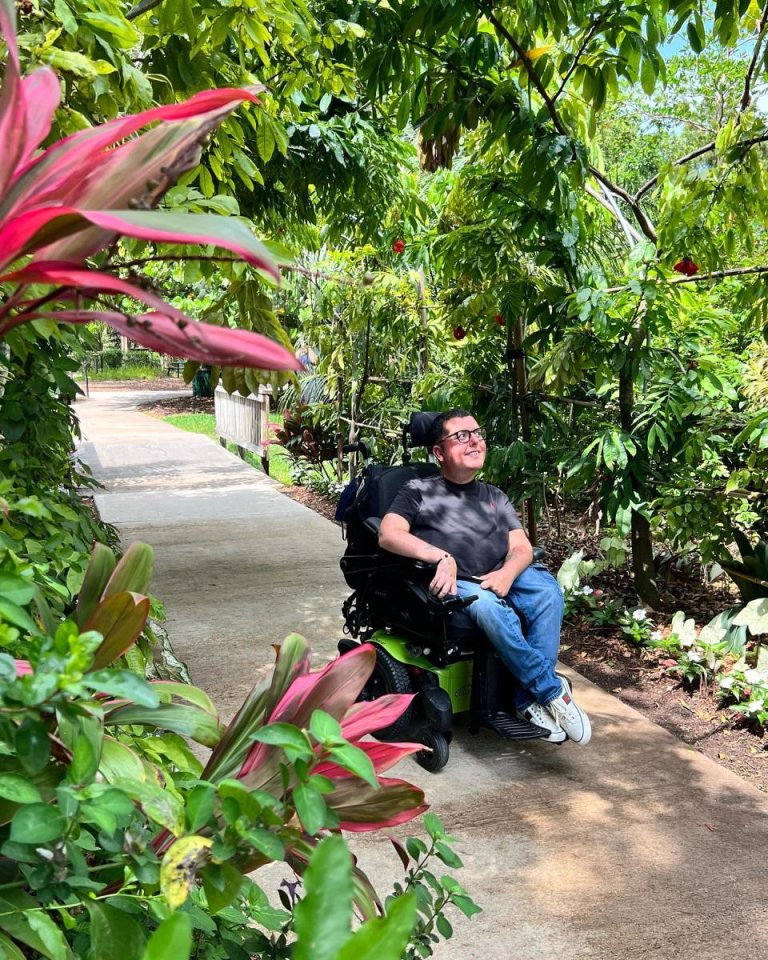
4 Reasons Why I Loved My Accessible Trip to The Palm Beaches
4 Reasons Why I Loved My Accessible Trip to The Palm…

Discover some of the best options for wheelchair users to get out and explore the natural side of The Palm Beaches.
When you think of The Palm Beaches, you probably envision the beautiful sand and can even hear the ocean waves lapping against the beach. And who could blame you? The Palm Beaches are amazing, but there is so much more to this beautiful area than beaches, including some of the most wheelchair-friendly trails in Florida. The following accessible trails are worth exploring during your next visit.
In Grassy Waters Preserve in West Palm Beach, you’ll find two must-do wheelchair-accessible trails. This preserve is 23 square miles and is home to some of Florida’s most amazing wildlife. Located just off Jog Road is the Apoxee Trail, which features a short half-mile, asphalt-paved loop. But don’t think that the distance will disappoint. It leads through wetlands and flatwoods, where you can observe wildlife in their natural habitats take some gorgeous photos from the comfort of your own wheelchair. In this preserve, you will also find the Cypress Boardwalk Trail. This wheelchair-friendly, elevated wooden boardwalk is 1 mile round trip. You can roll above the marsh and swampy areas, while feeling comfortable and relaxed beneath the shade of the tall trees or in the shelters along the way. Make sure to take some time to close your eyes and listen to the sounds of the animals and birds.
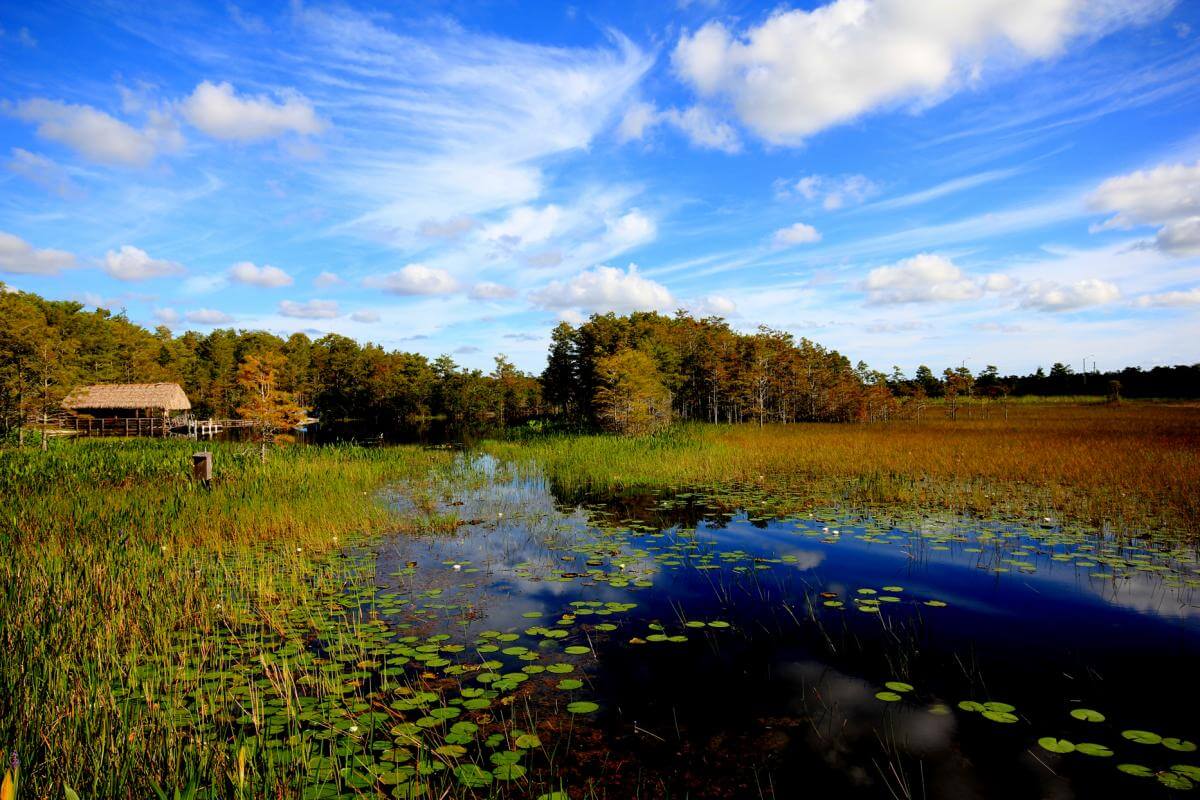
Another wheelchair-accessible boardwalk trail can be found at Green Cay Nature Center in Boynton Beach. The elevated boardwalk covers 1.5 miles and features interpretive signs offering insight into the 100 acres of wetlands and the abundant animals and plants that call this place home. If your friends and family tire out as you roll along, there are benches on the boardwalk, so you can all sit together and absorb the sights and sounds around you.
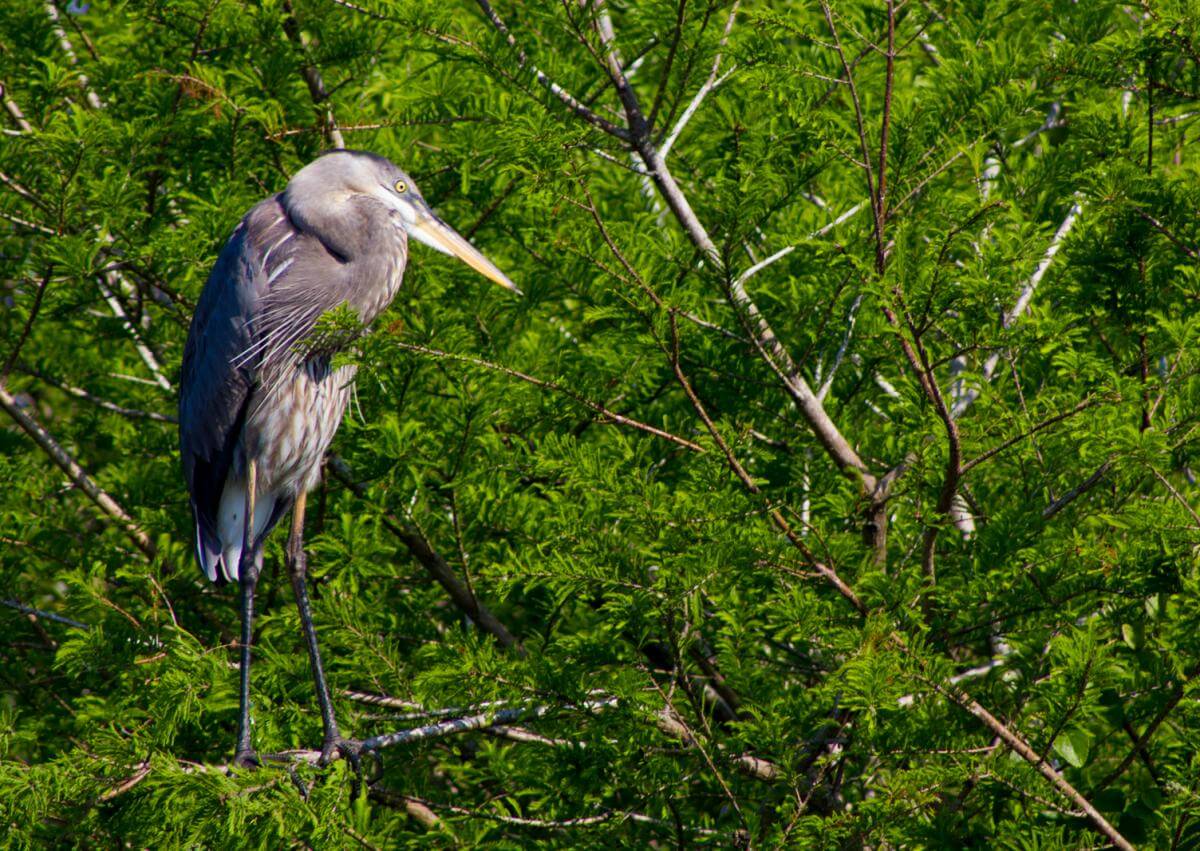
In western West Palm Beach on Forest Hill Boulevard, you will find Okeeheelee Park. This is one of the largest parks in South Florida, covering more than 1,700 acres, including Okeeheelee Nature Center and 90 acres of native pine flatwoods that are traversed by 2.5 miles of trails. You’ll find paved trails and natural, hard-packed limestone paths for wheelchair-friendly access. While rolling along and enjoying these smooth trails, you can partake in some bird watching at several pond overlook areas.
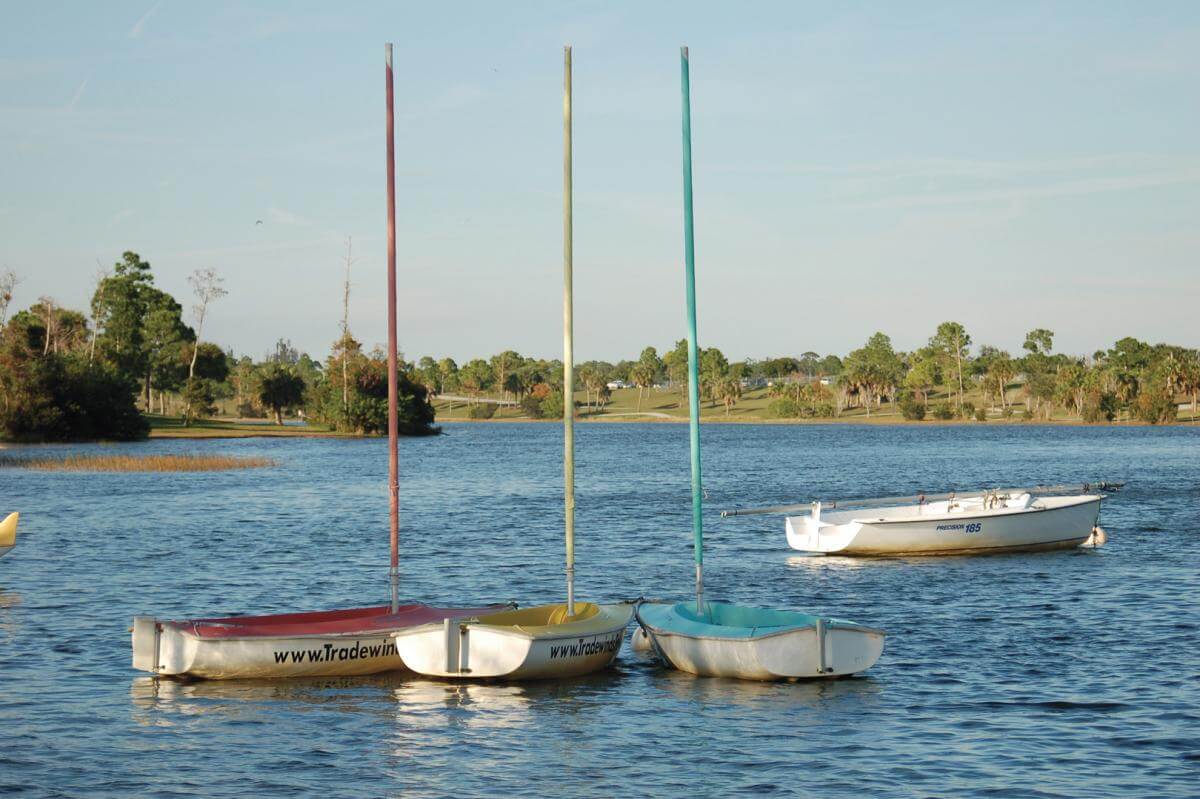
In western Boca Raton at Burt Aaronson South County Regional Park is Daggerwing Nature Center, home to 2.3 miles of boardwalk trails, which are fully wheelchair accessible. These trails take you through the natural swampland. Here, you may see osprey, woodpeckers and even some alligators if you’re lucky. This wheelchair-friendly area is home to abundant plants a well that you will enjoy spotting and photographing along the way.
Situated on 50 acres in Delray Beach are the Wakodahatchee Wetlands, featuring a .75-mile, wheelchair-accessible boardwalk that crosses between shrub-covered islands and open water areas. Here, you can catch a glimpse of the 178 bird species, as well as turtles, alligators, fish, frogs and many more animals that call this area home. This is an easy nature stroll in a beautiful habitat.
At John Prince Park in Lake Worth, explore 11.5 miles of super wheelchair-friendly, sidewalk-like pathways that wind through the park. The smooth surface of the pathway makes it easy to focus on the beauty of nature instead of struggling to get around. The park itself spans across 726 acres and takes you alongside open marshes and near tons of tropical plants.
North of West Palm Beach in Juno Beach, you will find Juno Dunes Natural Area, a vast retreat made up of 569 acres and divided into two tracts by U.S. Highway 1. On the west side of U.S. 1 is the Sawgrass Trail, a paved, concrete path that leads you on a downhill slope through oak and palmetto trees, where it then becomes a boardwalk. The boardwalk leads to a covered observation platform, from where you can take in the sights and sounds of the forest and coastal wetlands. For a different point of view, on the east side of U.S. 1 along the Atlantic Ocean coastline, you’ll find another wheelchair-friendly trail, the Seagrape Trail. It leads you through dense, shady areas with lush, tropical trees and continues to one of the highest natural points in The Palm Beaches, atop an observation platform in the dunes with views of the stunning coastline and entire natural area. Juno Dunes is both beautiful and breathtaking, and you will have an amazing experience no matter which trail you decide to take, so why not try both?
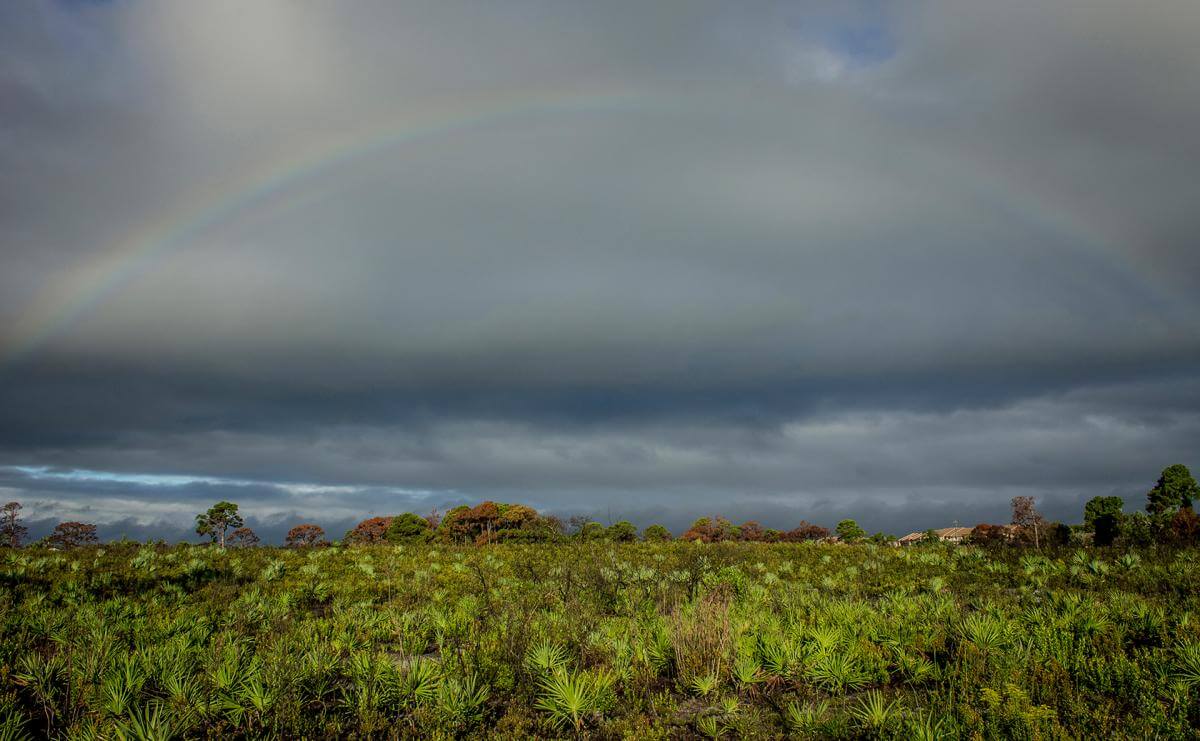
The Palm Beaches are more than just a wheelchair-accessible beach vacation destination. They are also home to some of the most wheelchair-friendly trails in the state. The best part is that you and your family can explore the many trails together, no matter your abilities. So, dust off those tires, book your perfect getaway, and enjoy all that The Palm Beaches has to offer.

4 Reasons Why I Loved My Accessible Trip to The Palm…

Hit the Trail Hike, bike or leisurely stroll. Going…

5 of the Best Wheelchair-Accessible Attractions in…
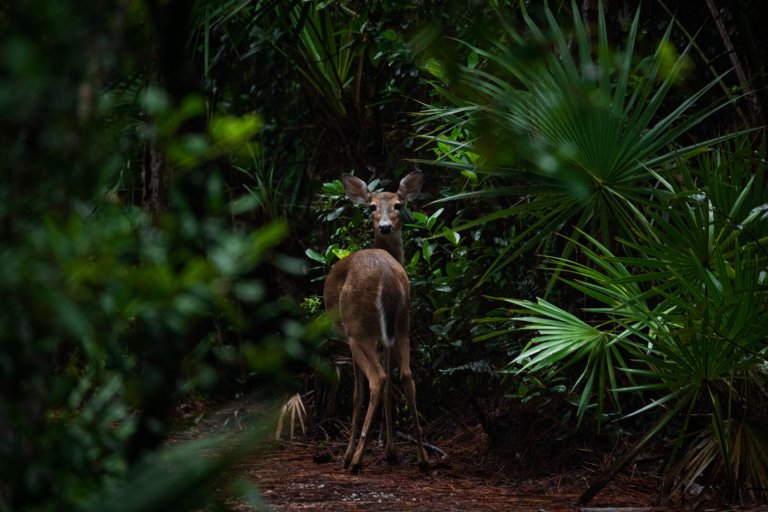
Hiking in The Palm Beaches An exciting day of getting…
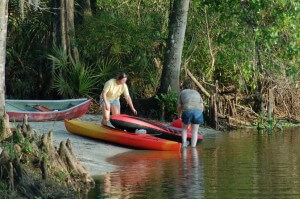
Naturally Spectacular: From Blueways to Byways No matter…
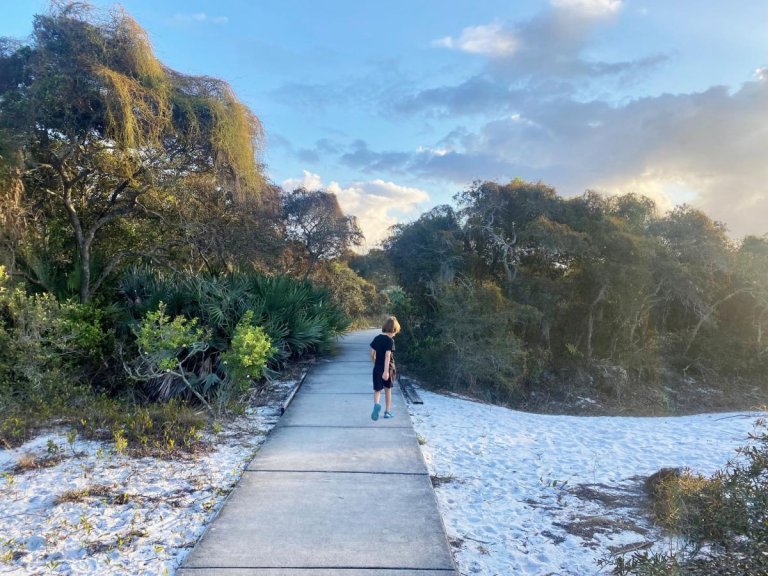
Where to Hike with Kids in The Palm Beaches Here are…
Browse lodging options in the one, the only, the Palm Beaches and discover America's First Resort Destination in sunny South Florida.